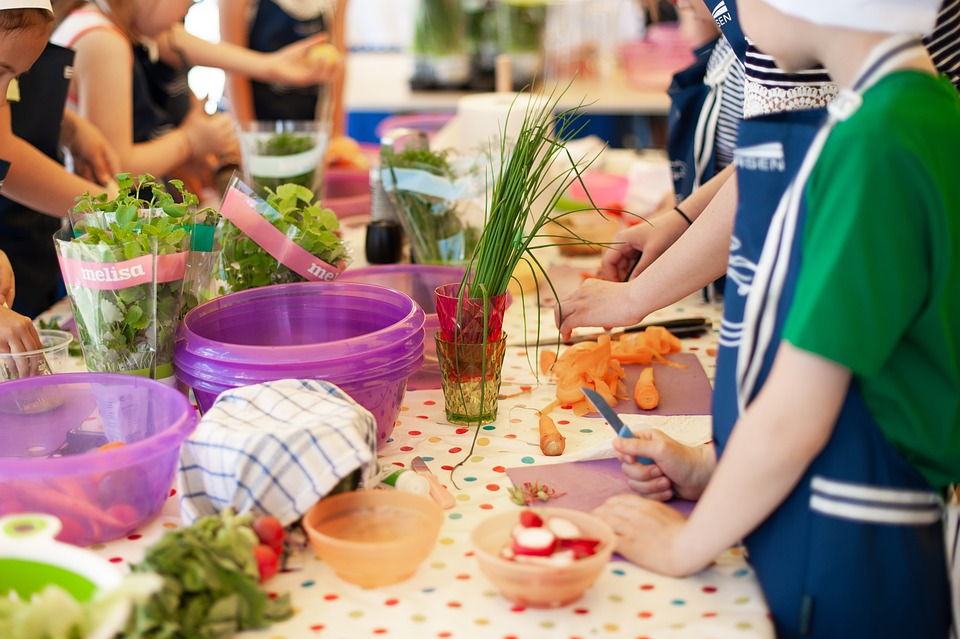For many people, enjoying a glass of wine is a way to unwind after a long day or to celebrate a special occasion. However, for beginners, the world of wine can seem intimidating and complex. With so many different types of wine and a myriad of flavors to explore, it can be overwhelming to know where to start. Fortunately, wine tasting is a skill that can be learned and developed over time, and with a little guidance, anyone can become a confident and knowledgeable wine enthusiast.
Understanding the Basics
Before diving into the world of wine tasting, it’s important to understand the basics. Wine is made from fermented grapes, and the process of winemaking can vary greatly depending on the type of grape used, the region where it was grown, and the techniques used by the winemaker. There are several different types of wine, including red, white, rosé, and sparkling, each with its own unique characteristics and flavor profiles. Learning the differences between these types of wine is the first step in becoming familiar with the world of wine.
Developing Your Palate
One of the most important aspects of wine tasting is developing a discerning palate. This involves training your senses to identify the various aromas and flavors present in a glass of wine. To do this, it’s helpful to practice tasting different types of wine and paying attention to the way they smell, taste, and feel in your mouth. Many people find it helpful to start with a few basic tasting notes, such as identifying whether a wine is dry or sweet, full-bodied or light, and fruity or savory. With practice, you can begin to pick up on more subtle nuances and complexities in the wines you try.
Exploring Different Varieties
Once you have a basic understanding of wine tasting, it’s time to start exploring different varieties of wine. There are countless grape varieties and wine styles to choose from, and each one offers a unique tasting experience. Some popular red wine varieties include Merlot, Cabernet Sauvignon, and Pinot Noir, while common white wine varieties include Chardonnay, Sauvignon Blanc, and Riesling. Rosé wines, which are made from red grapes but have a lighter color and flavor, are also popular choices for beginners. In addition to still wines, sparkling wines such as Champagne and Prosecco offer a refreshing and effervescent alternative.
Pairing Wine with Food
Part of the fun of wine tasting is experimenting with different food and wine pairings. Certain wines complement specific types of cuisine, and learning to pair wine with food can enhance the overall dining experience. For example, light, crisp white wines like Sauvignon Blanc pair well with seafood, while rich, full-bodied red wines like Cabernet Sauvignon are a natural match for steak and other hearty dishes. When in doubt, remember that the goal of food and wine pairing is to create a harmonious balance between the flavors of the wine and the food, so trust your instincts and experiment with different combinations.
Conclusion
Through the process of wine tasting, beginners can gain a deeper appreciation for the art and science of winemaking. By understanding the basics of wine, developing a discerning palate, exploring different varieties, and experimenting with food pairings, anyone can embark on a journey of discovery and enjoyment. With time and practice, the world of wine tasting can become a source of relaxation, pleasure, and enrichment.
FAQs
Q: Do I need to spend a lot of money on wine to enjoy the tasting experience?
A: No, you don’t have to spend a fortune to enjoy wine tasting. There are plenty of affordable options for every budget, and some of the best wines are modestly priced.
Q: How can I improve my wine tasting skills?
A: Practice is the key to improving your wine tasting skills. Try different wines, pay attention to the aromas and flavors, and take notes to track your progress.
Q: Is it necessary to have a website for sharing information about wine tasting?
A: Having a website can be beneficial for sharing information about wine tasting, as it allows you to reach a wider audience and connect with other wine enthusiasts. It also provides a platform for educational content, event announcements, and product recommendations.
Why We Need a Website for Wine Tasting
In today’s digital age, having a website is essential for reaching a wider audience and sharing information about wine tasting. A website provides a platform for sharing educational content, event announcements, and product recommendations, as well as connecting with other wine enthusiasts. Additionally, a website allows for flexibility in design and functionality, making it easier to showcase the beauty and complexity of the world of wine. With search engine optimization (SEO) and quality content, a website can also help improve visibility and attract more visitors who are interested in wine tasting.
Whether you’re a beginner looking to learn more about wine tasting or a seasoned enthusiast seeking to connect with others who share your passion, a website can be a valuable tool for expanding your knowledge and community. By establishing an online presence, you can create a hub for information, resources, and connections related to wine tasting, making it easier for others to discover and engage with the world of wine.
style=”display:block”
data-ad-client=”ca-pub-4230213918180068″
data-ad-slot=”2531785969″
data-ad-format=”auto”
data-full-width-responsive=”true”>
Keywords:
wine tasting, beginner’s guide, wine varieties, pairing wine with food, developing palate, website, SEO


